265cos_STUMPED
An existing tree stump is used to buttress the site hoardings: a structural memorial in an 8-bit Peckham style.
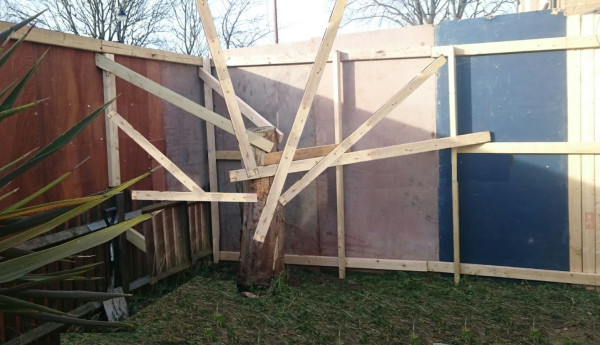


056mod_TOWER BLOCK AUTO-CARTOONISATION
There’s an option on Matthew Shelley’s camera (Nikon D5100) to shoot in a mode called ‘Colour Sketch’. He thought this setting worked well with the Cranbrook Estate because it has so much comic book-style detail. What do you think?
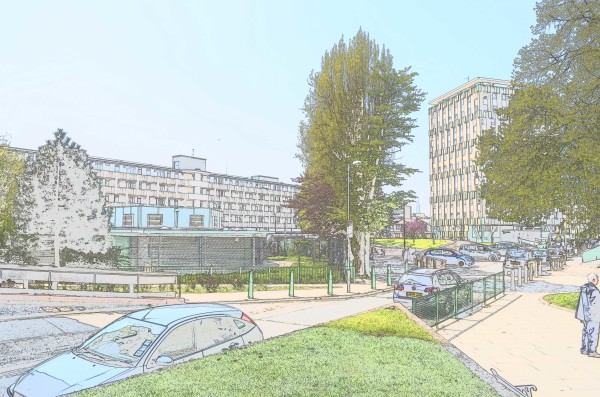
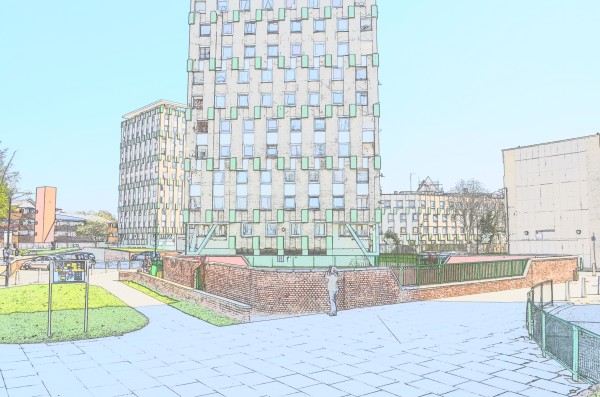
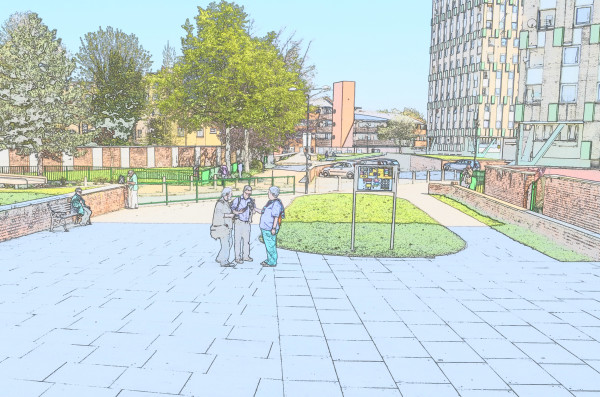
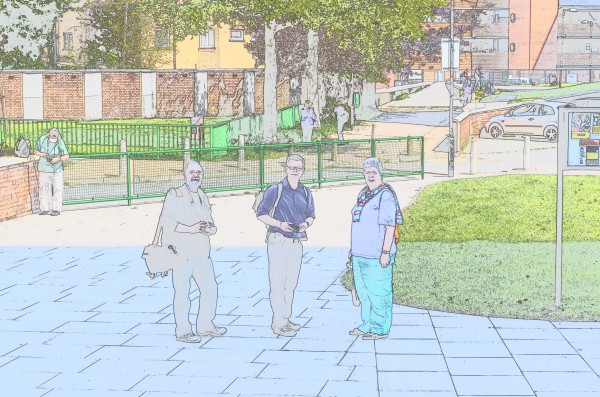





072hin_a mock georgian footballers’ wives house
Lord Rupert Onslow offers these thoughts in relation to the 2015 fire which destroyed Clandon House. “Despite seeing centuries of family and national history burned to the ground, the 8th Earl of Onslow has said he does not want to see his ancestral home Clandon Park rebuilt. Rupert Onslow, a hereditary peer and insurance broker said that he would prefer for the insurance payout, which he estimates will be about £65 million, be spent on another National Trust property, instead of restoring his 18th century family home to a ‘mock-Georgian footballers’ wives house’. ‘Clandon is lost. It’s a ruin now. It decayed instantly. This sad site should be left in peace and tranquillity.’ ‘The last thing we want now is a replica. If the National Trust wants a replica, let them build it somewhere else.’ the earl told The Times. Eighty fire fighters were unable to save the house when it was ravaged by flames in April 2015.”
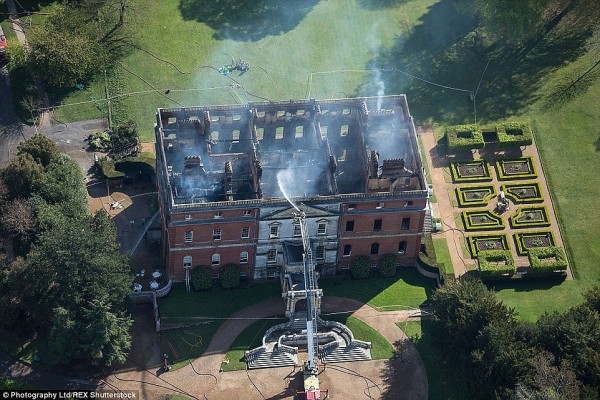

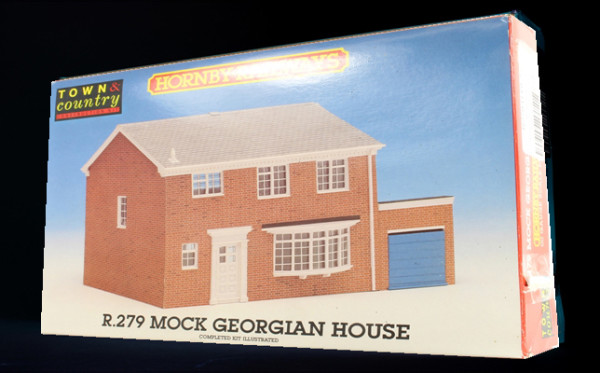




179prs_10,000 HOURS ARCHITECTURAL COURSE
There are sooo many awards today that the value of a design award can be measured in seconds. In the preface to a recent award ‘The Power of Now’ by Eckhart Tolle was cited as it supposedly legitimises the idea that true liberation is only be found by living in the instant, in the now! By living in the present only, the past and future cease to exist: atopic architecture doesn’t require any understanding of historic context. There’s no ‘know’ in ‘now’: without previous experience, the ‘now’ becomes the endless pursuit of the ‘new’. Architecture Today, ‘Towards a Now Architecture’ etc etc. The need for speed has been overtaken by the ‘need for now’ yet ‘nowness’ jars with the concept of repetition, of labour, of ‘practice makes perfect’.
In The Role of Deliberate Practice in the Acquisition of Expert Performance, Anders Ericsson, introduced the concept of ‘10,000-hours’. The paper highlighted the work of a group of psychologists in Berlin, who had studied the practice habits of violin students in childhood, adolescence and adulthood. All had begun playing at roughly five years of age with similar practice times. However, at age eight, practice times began to diverge. By age 20, the elite performers had averaged more than 10,000 hours of practice each, while the less able performers had only done 4,000 hours of practice. The psychologists didn’t see any naturally gifted performers emerge and this surprised them. If natural talent had played a role it wouldn’t have been unreasonable to expect gifted performers to emerge after, say, 5,000 hours. Anders Ericsson concluded that “many characteristics once believed to reflect innate talent are actually the result of intense practice extended for a minimum of 10 years”. The 10,000 hours rule-of-thumb could be the guide for the length of study for an architect as 10,000 hours equals 1,250 days or approximately 5 years of study.
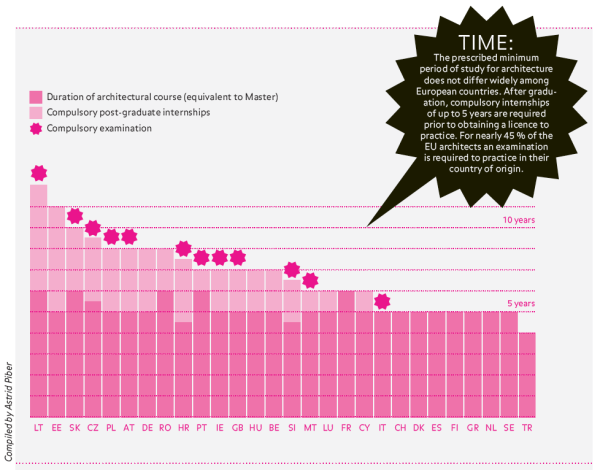 Image taken from Wonderland’s Manual for Emerging Architects. Whilst Europe has disparate minimum study periods for an architecture, by using hours rather than years students could responsively adjust learning speed.
Image taken from Wonderland’s Manual for Emerging Architects. Whilst Europe has disparate minimum study periods for an architecture, by using hours rather than years students could responsively adjust learning speed.
 Image taken from Wonderland’s Manual for Emerging Architects. Whilst Europe has disparate minimum study periods for an architecture, by using hours rather than years students could responsively adjust learning speed.
Image taken from Wonderland’s Manual for Emerging Architects. Whilst Europe has disparate minimum study periods for an architecture, by using hours rather than years students could responsively adjust learning speed.


